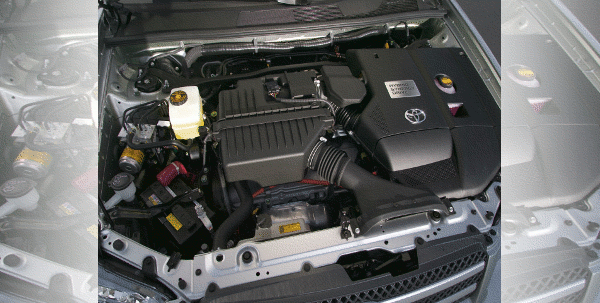How do hybrid cars and trucks work? Simply, conventional vehicles use gasoline or diesel to power an internal combustion engine, while a hybrid car is one that uses two engines to generate power: an internal combustion engine and an electric engine.
General principle of hybrid vehicles
Using both conventional and electric engines, the best hybrids achieve significantly better energy efficiency than their non-hybrid counterparts. The most advanced hybrids have larger batteries and can charge their batteries with a plug, allowing them to run long distances on electricity before switching to gasoline or diesel.
How hybrid vehicles save fuel consumption ?
Simply put, the idea is classic. As when you close the door of your refrigerator the light bulb turns off with a sensor, the "Slow" mode turns off the conventional motor of your car when the vehicle is stopped, saving fuel. The battery provides energy for the air conditioner and accessories while the vehicle is idling at traffic or traffic lights, and the electric motor can start the new vehicle.
Regenerative braking can capture some of this energy, turn it into electricity and store it in batteries. This stored electricity can then be used to power the engine and speed up the vehicle.
The gasoline engine produces less power, but when combined with electric motors, the total power of the system can be equal to or greater than that of a conventional vehicle.The most efficient hybrids use "Electric training only", allowing the vehicle to drive entirely on electricity and use less fuel.
In hybrids that cannot be connected, the electric motor only is generally used at low speed and start-up, allowing the diesel or gas engine to operate at higher speeds, where it is most efficient.
Types of hybrid cars
In the previous paragraph, we learned that hybrid gasoline-electric vehicles combine an internal combustion engine that supplies gasoline with an electric motor to capture the energy that is usually lost when a driver brakes.
The serial hybrid car
In a standard hybrid, the electric motor handles all the line and the gasoline engine only recharges the battery pack. When the driver starts the engine, the power is received from the battery pack to the electric motor that rotates the wheels. During longer trips, the gas engine provides energy.
Series hybrids cost more than parallel hybrids because they carry larger batteries to provide higher speed power.
Parallel hybrid car
Like the serial hybrid, the parallel hybrid uses both an internal combustion engine and an electric motor. In the parallel hybrid, conventional and electric motors are fixed on a single transmission that allows each of them to power the car at the same time. The fuel tank supplies gasoline to the engine while the generator charges batteries. Parallel hybrid vehicles are Honda Insight, Chevy Malibu and Toyota Prius.
Mild or Light Hybrid
The mild hybrid does not only work on the electric motor. Its electric motor assists the gas engine when it needs it. When the car starts to slow down or stops, the control unit stops the engine so that the vehicle does not burn fuel or pollute the air like a conventional car. When the driver turns the car on or accelerates, the battery restarts the engine.
Total Hybrid
In complete hybrids, electric and gas engines can propel the engine by working together or acting alone.


























